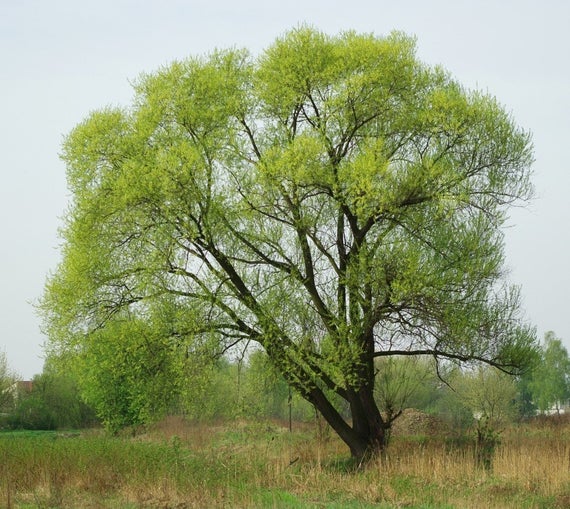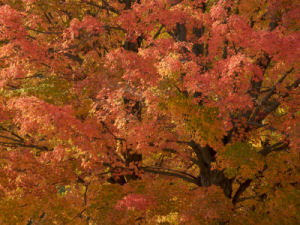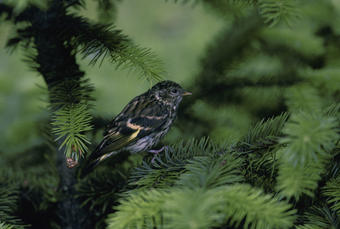Featured Trees for 2021
- Jeannie Bartlett

- Jan 12, 2021
- 3 min read
Featured Trees: These are some of the trees we’re most excited to offer this year. Find pictures and descriptions of all our offerings at our online store, or from the plastic envelope mounted outside the USDA office at 50 S. Main St., St. Albans.
Black Willow
This is the only willow native to Vermont that grows into a full, beautiful tree—though there are many shrub-willow species. Like other willows, black willow is fast-growing and readily re-sprouts if it is munched by deer or beavers. It loves to grow in wet spots. Willow trees and shrubs are some of the most powerful habitat-creators. They host 415 species of caterpillars, more than any other in VT, which in turn attracts birds to eat the caterpillars. And, being among the first trees to bloom in the spring, they are a crucial early-season source of pollen and nectar for bees and other pollinators. If planted next to a stream or pond, insects and caterpillars also drop off the tree into the water to feed trout and other fish. Domestic livestock can also graze on willow leaves, and willows provide outstanding erosion-control along streambanks.
Musclewood, or American Hornbeam
This smaller tree, usually found in the understory or forest-edge, fascinated me as a child because its smooth bark is rippled like toned muscles. Along with serviceberry, it makes a beautiful addition to the edge of a forest or stream, or it can accent the shadier side of a building. The wood is extremely hard. It is closely related to birches. Birds enjoy eating the catkins (type of seed), but perhaps most exciting is that swallowtail butterflies, luna moths, and many others use musclewood as a host.
Sugar Maple - a classic
Surely you know our friend the sugar maple! But besides the sweets we make from its sap (not to be underestimated) the sugar maple is important for many other reasons. By some reports, sugar maple twigs, leaves and bark make up 25-50% of the diets of both white-tailed deer and porcupines! Moose, snowshoe hares, finches, chickadees, and many more forest animals love sugar maples. Sugar maple does best on deep, fertile, well-drained soil, sometimes competing with farmland for that prime soil. Wild leeks or “ramps” and other spring ephemeral flowers love a sugar maple forest.
Native Evergreens, or Conifers
Native evergreens such as northern white cedar, white pine, balsam fir, white spruce, hemlock, eastern redcedar, black spruce, and red pine provide a unique role in our landscapes from both human and wildlife points of view. For humans, evergreens provide a natural buffer or screen year-round, whether blocking an unsightly view, muting sound, filtering dust, creating a windbreak, or blocking blowing snow. Similarly, birds and mammals find winter shelter in these trees. Chickadees love to forage in conifers, and robins prefer conifers for nesting. You can attract tiny golden-crowned kinglets—which won’t come to your feeder since they eat almost exclusively insects—with a stand of conifers where they’ll forage and might even nest. In a winter with little snow, ruffed grouse keep warm under dense evergreens (usually they bury themselves in soft snow to keep warm.) Conifers also create a different soil environment that is more acidic and welcomes understory plants like blueberries, bunchberry, wintergreen, partridgeberry, and mosses. And of course, fir and spruce bring the most classic winter holiday cheer.



.png)








Comments